Technical Aspects
The rediscovery of a lost European cultural heritage.
Autonomous studies and experiments
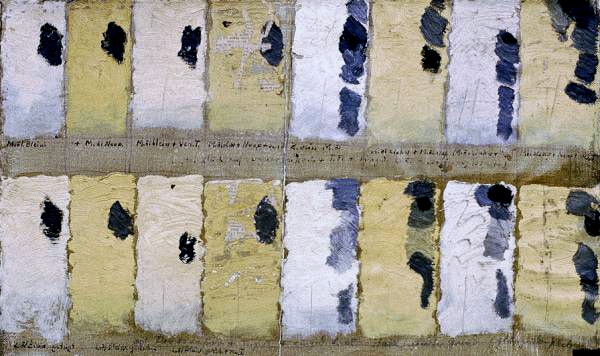
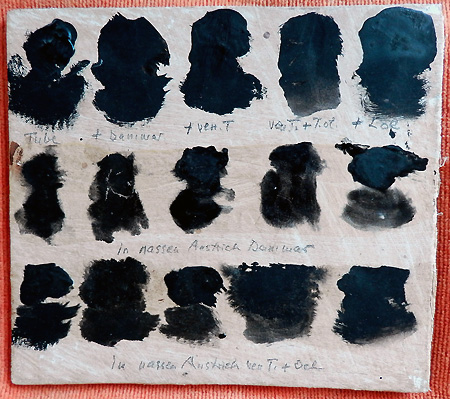 During 35 years of autonomous experimenting, from about 1923 until about 1958, Egon v.Vietinghoff rediscovered the knowledge not taught in technical handbooks and academies. Since the impressionists had broken away from this tradition, some 150 years ago, and had developed their own kinds of painting based on different theories, the knowledge of multilayer oil-resin technique had been lost.
During 35 years of autonomous experimenting, from about 1923 until about 1958, Egon v.Vietinghoff rediscovered the knowledge not taught in technical handbooks and academies. Since the impressionists had broken away from this tradition, some 150 years ago, and had developed their own kinds of painting based on different theories, the knowledge of multilayer oil-resin technique had been lost. 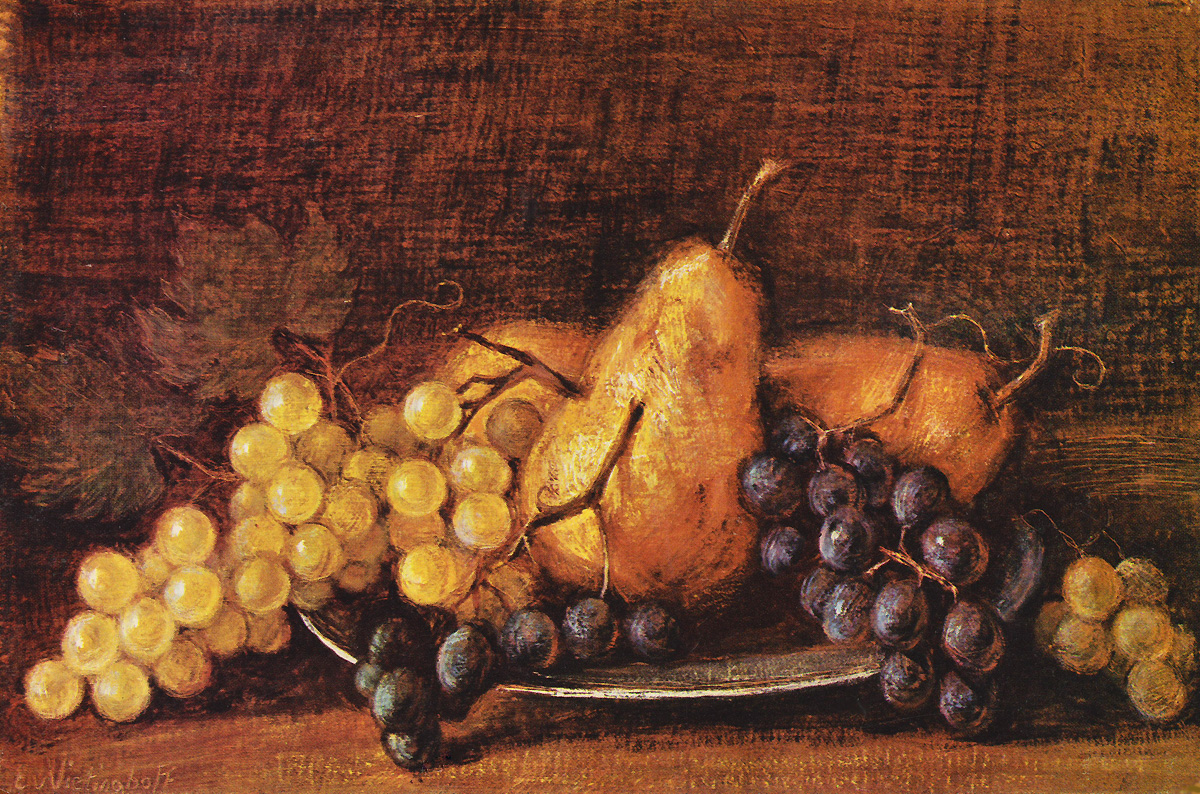
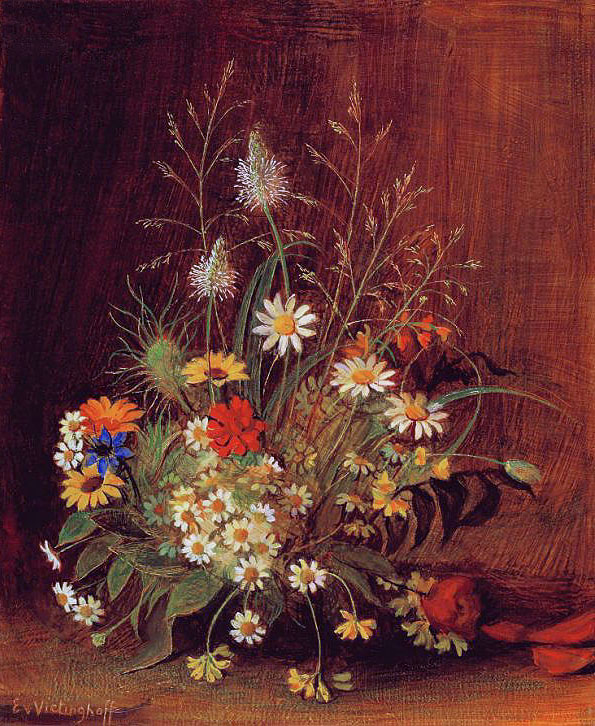 This technique was reconstructed by him in mid-life only, after many setbacks.
This technique was reconstructed by him in mid-life only, after many setbacks. It was the basis of the style practiced in his later period of creative work.
His unique mastery, his unmistakable style and his competence as an author were based on his intensive studies of Old Masters and his long years of experimentation and testing.
Multilayer oil-resin technique
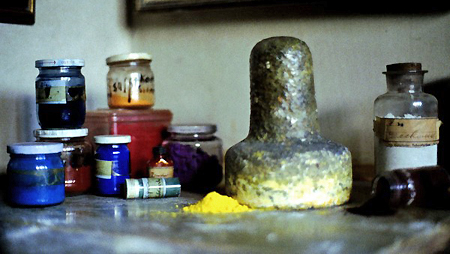
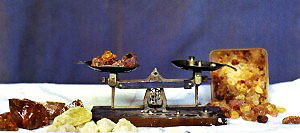 When painting in several layers, two or more colors are spread separately one upon the other. In order to keep them separate (unlike wet-on-wet painting), the lower coat of color must be dry or both layers must contain a separating binder. For this purpose, specific methods serving as prerequisites to a painter's skill have been developed in various European countries. They are based on resins and oils as carriers of the color pigments.
When painting in several layers, two or more colors are spread separately one upon the other. In order to keep them separate (unlike wet-on-wet painting), the lower coat of color must be dry or both layers must contain a separating binder. For this purpose, specific methods serving as prerequisites to a painter's skill have been developed in various European countries. They are based on resins and oils as carriers of the color pigments. 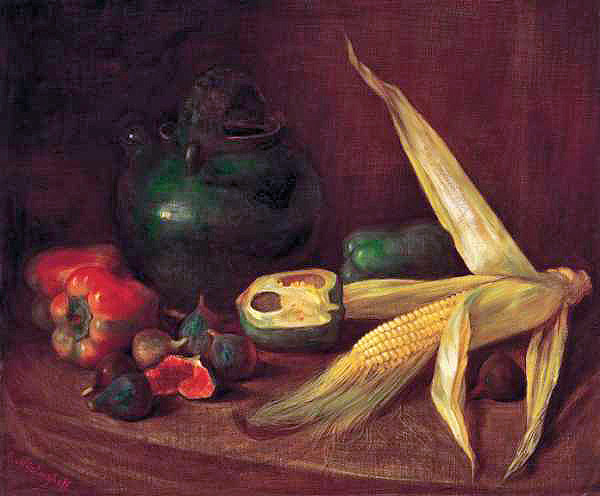
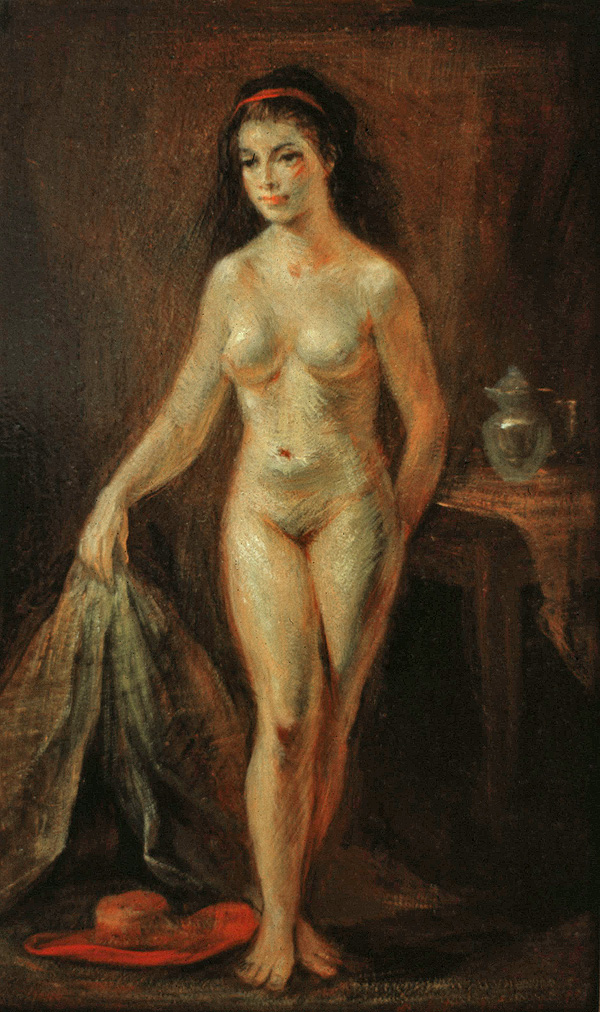 Several more ore less liquid layers of color (glazes) can be applied either thick, semi-covering or translucent, one on top of the other.
Several more ore less liquid layers of color (glazes) can be applied either thick, semi-covering or translucent, one on top of the other. Different steps of light reflection bring about depth and color differentiations not possible in one-layer painting.
The plasticity thus obtained does not need any conspicuous construction of perspective. This knowledge is the basis of the color depth and the luminous power typical of Vietinghoff's paintings.
Own production and craftsmanship
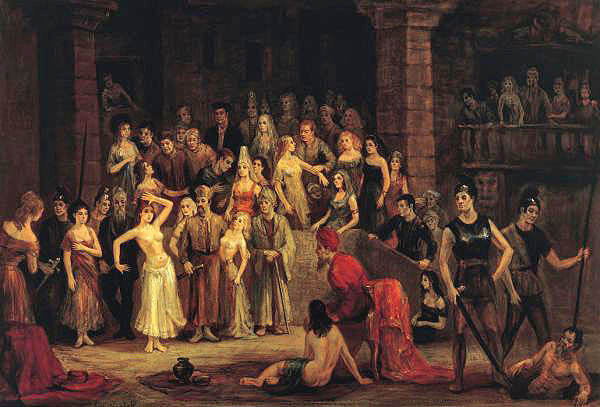
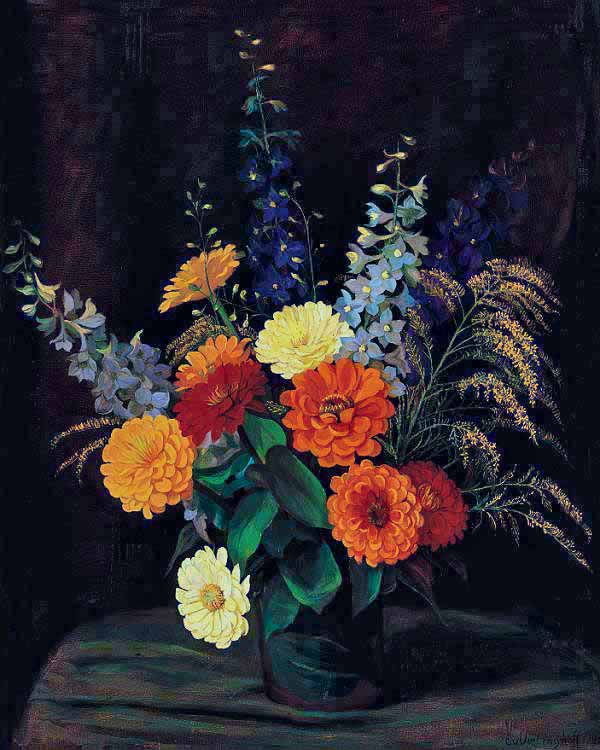 At an early stage, the young artist realized that he could not satisfactorily reproduce his inner pictures and his artistic intentions when using industrially made materials.
At an early stage, the young artist realized that he could not satisfactorily reproduce his inner pictures and his artistic intentions when using industrially made materials.His differentiated transcendental (meditative) way of seeing required painting techniques which could only realized by means of first-class mainly natural substances produced with great care.
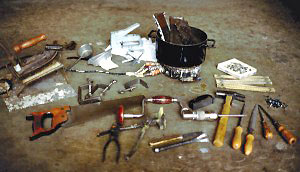
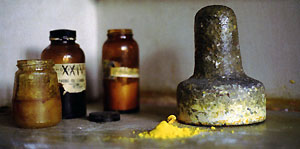 He therefore produced himself the colors he needed. Even the necessary solvents and binders were prepared by him. He stood at his work bench for hours grinding the pigments with a heavy stone on a glass plate. On the positive side, the sometimes heavy and strenuous work kept him fit for a long time.
He therefore produced himself the colors he needed. Even the necessary solvents and binders were prepared by him. He stood at his work bench for hours grinding the pigments with a heavy stone on a glass plate. On the positive side, the sometimes heavy and strenuous work kept him fit for a long time. 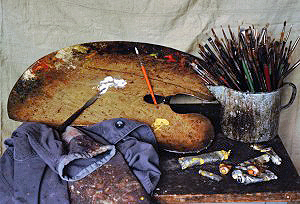
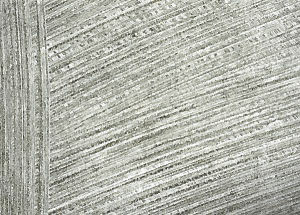 He boiled natural glue and canvas, which he tacked on frames (strechter) or stuck on chip boards sawed by himself to measure. This was followed by up to seven prime coats plus the grinding down, tinting and isolating of the grounding. Usually at least half of his time went into this manual preparation before he could start to paint.
He boiled natural glue and canvas, which he tacked on frames (strechter) or stuck on chip boards sawed by himself to measure. This was followed by up to seven prime coats plus the grinding down, tinting and isolating of the grounding. Usually at least half of his time went into this manual preparation before he could start to paint. 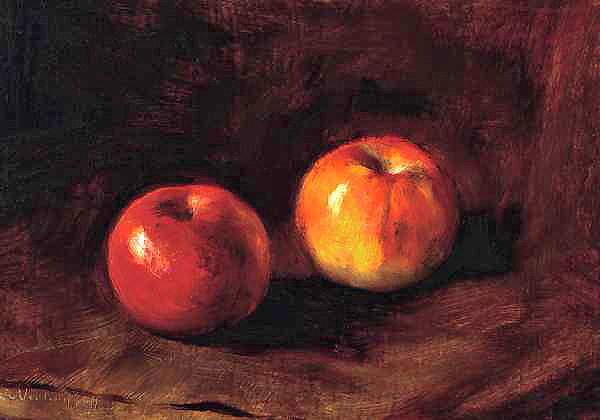
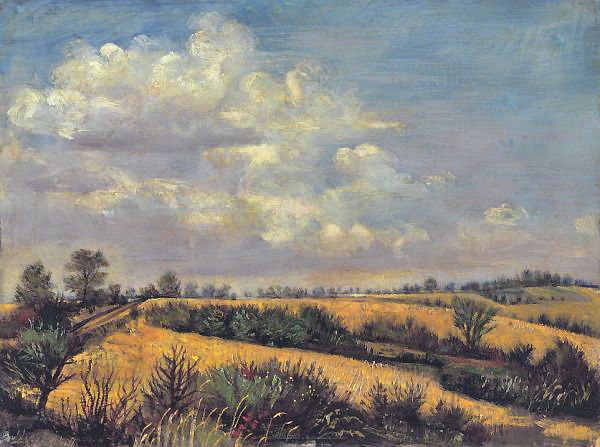 By carrying out all the steps of producing the grounding, the paint and the varnish, his spirit was in every phase of preparation occupied with the effect the raw material would have on the general impression of the painting.
By carrying out all the steps of producing the grounding, the paint and the varnish, his spirit was in every phase of preparation occupied with the effect the raw material would have on the general impression of the painting. 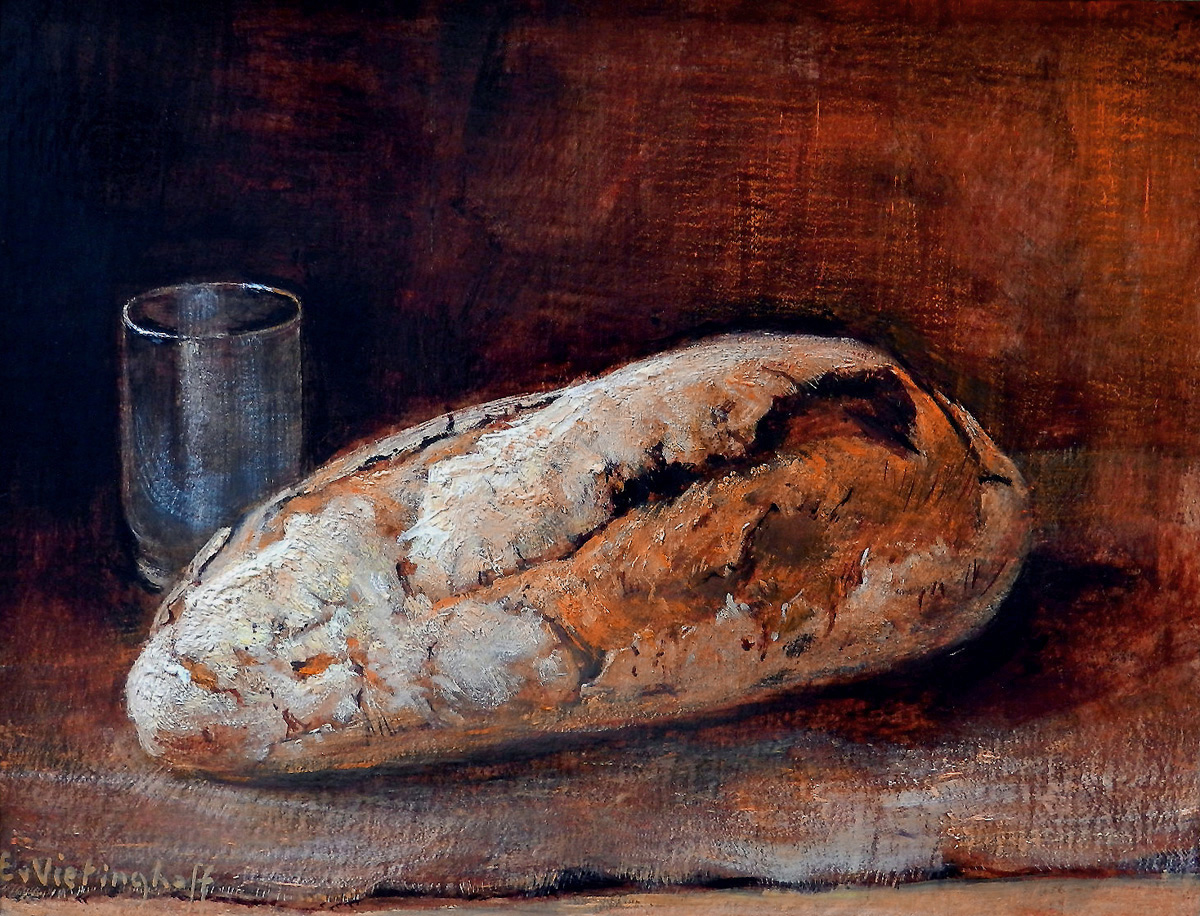
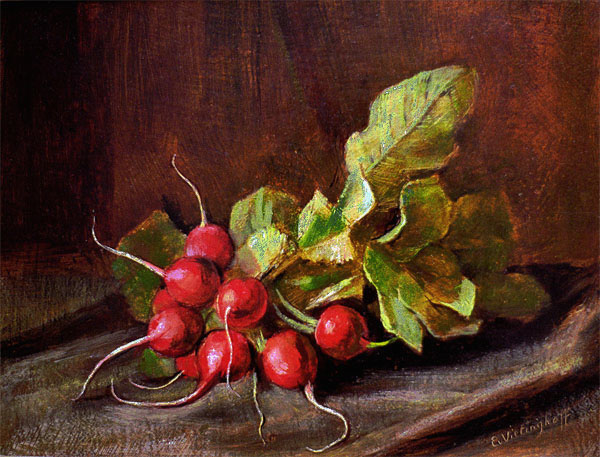 Without this effort, the painting would lack its convincing freshness, its depth of color and its natural brilliance.
Without this effort, the painting would lack its convincing freshness, its depth of color and its natural brilliance.His pictures are a successful synthesis of his artistic vision and his manual power of representation. Together, craftsmanship and artistic intention led to wellrounded works of art.
Naturally grown raw materials
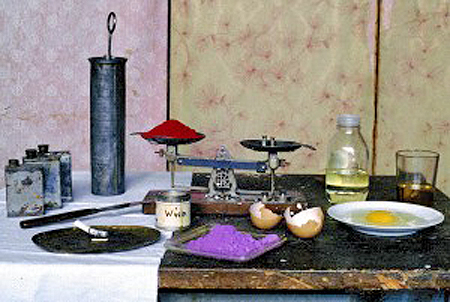
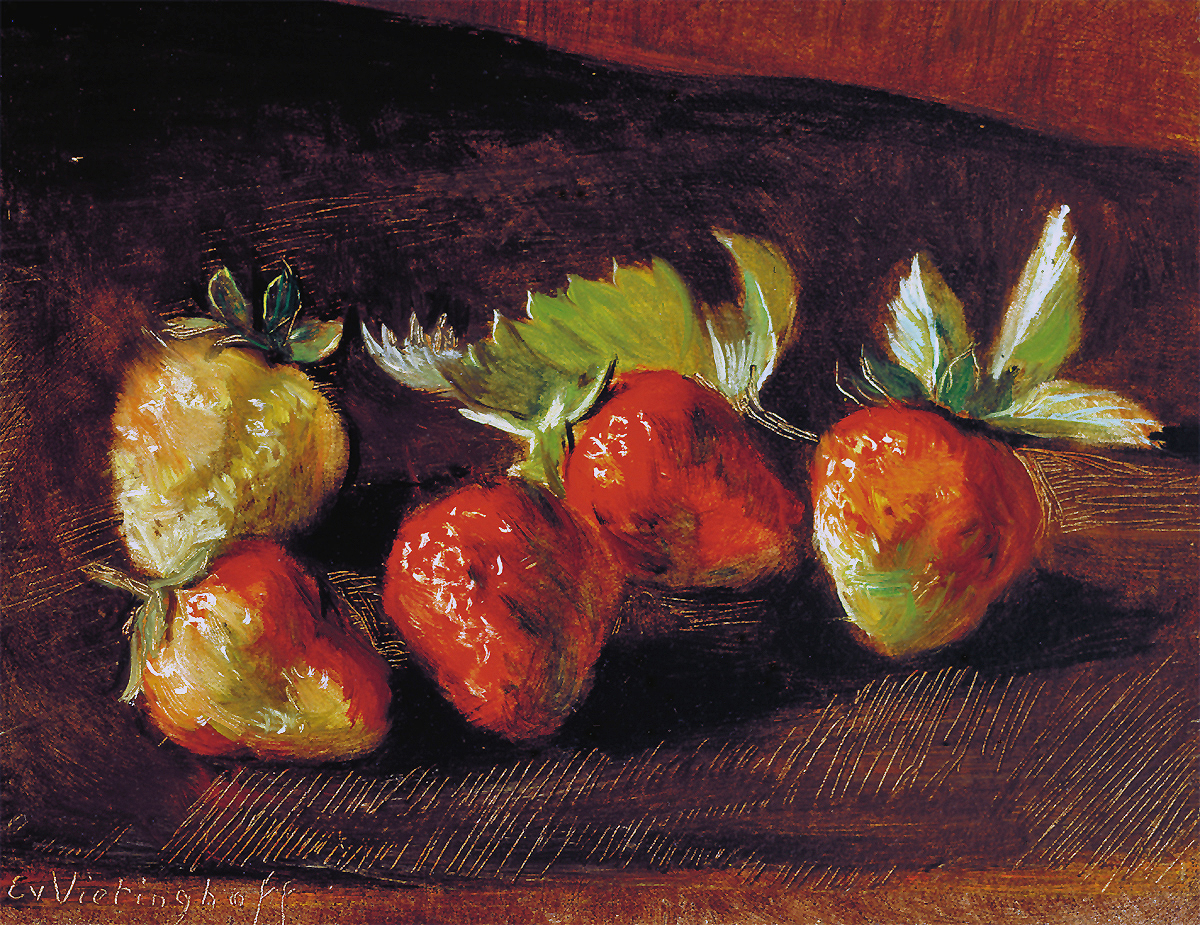 Another essential contribution to the natural effect of his paintings is made by the main use of natural substances which are as pure as possible for the production of colors and binders. For this he used organic raw materials such as egg, casein, linseed and poppy seed oil, leather glue, wax, cherry tree resin, larch turpentine, gum Arabic, fossil resin and different earths.
Another essential contribution to the natural effect of his paintings is made by the main use of natural substances which are as pure as possible for the production of colors and binders. For this he used organic raw materials such as egg, casein, linseed and poppy seed oil, leather glue, wax, cherry tree resin, larch turpentine, gum Arabic, fossil resin and different earths. 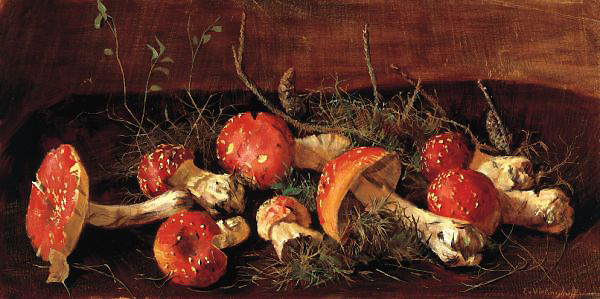
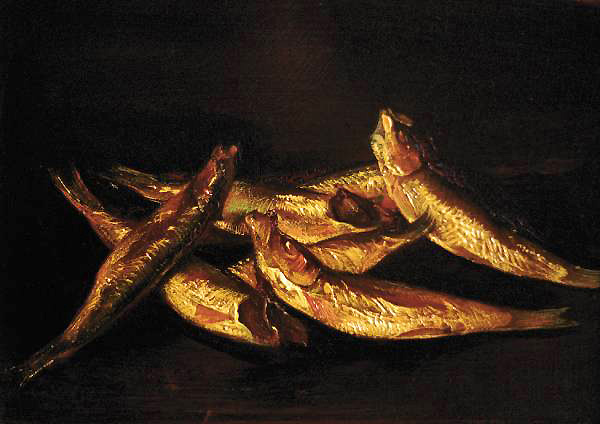 Thus, Vietinghoff produced characteristic colors which he mixed to give the exact desired effect and which had the characteristics and durability he could rely on. For some colors, however, he also needed chemical pigments as well.
Thus, Vietinghoff produced characteristic colors which he mixed to give the exact desired effect and which had the characteristics and durability he could rely on. For some colors, however, he also needed chemical pigments as well. The Handbook of Painting Technique
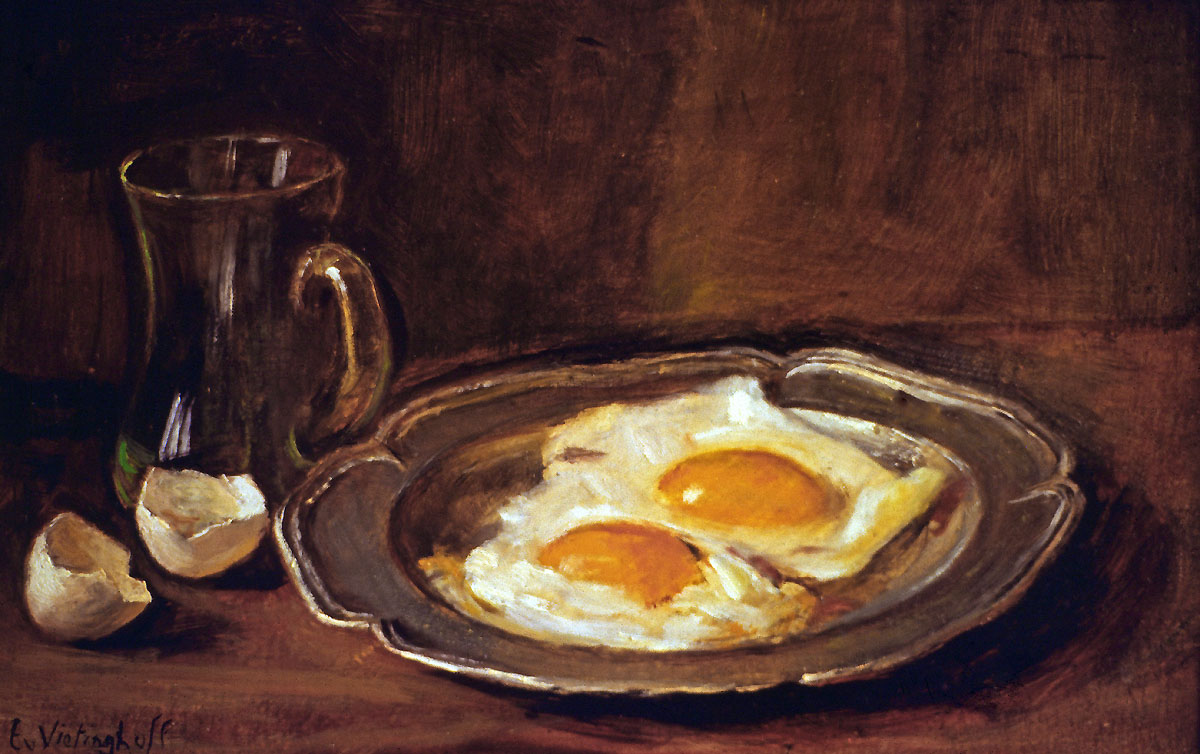
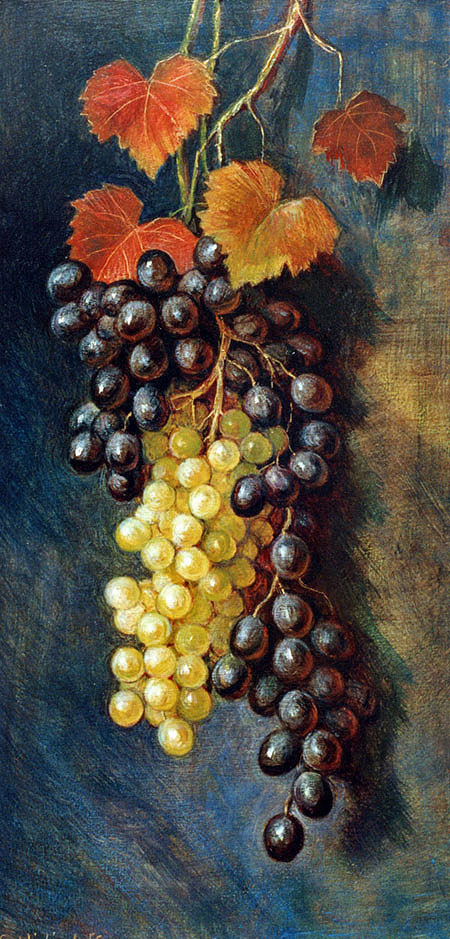 His Handbuch zur Technik der Malerei (Handbook of painting technique, in German only) is a compendium of all his work experiences, and was published by the well-known Editions DuMont in 1983 (2nd edition 1991).
His Handbuch zur Technik der Malerei (Handbook of painting technique, in German only) is a compendium of all his work experiences, and was published by the well-known Editions DuMont in 1983 (2nd edition 1991). Here, Vietinghoff wrote the sum total of his life-long observations, defined the translucency of color (a property which had previously gone unnoticed in literature) and tackled the theory of chromatics as seen by the creative artist.
Among other things, he gave practical ideas concerning color production, brushwork and picture composition, including examples of pictures of well-known masters and also his own work. He thus made available to future generations the lost knowledge of the traditional oil-resin painting technique.